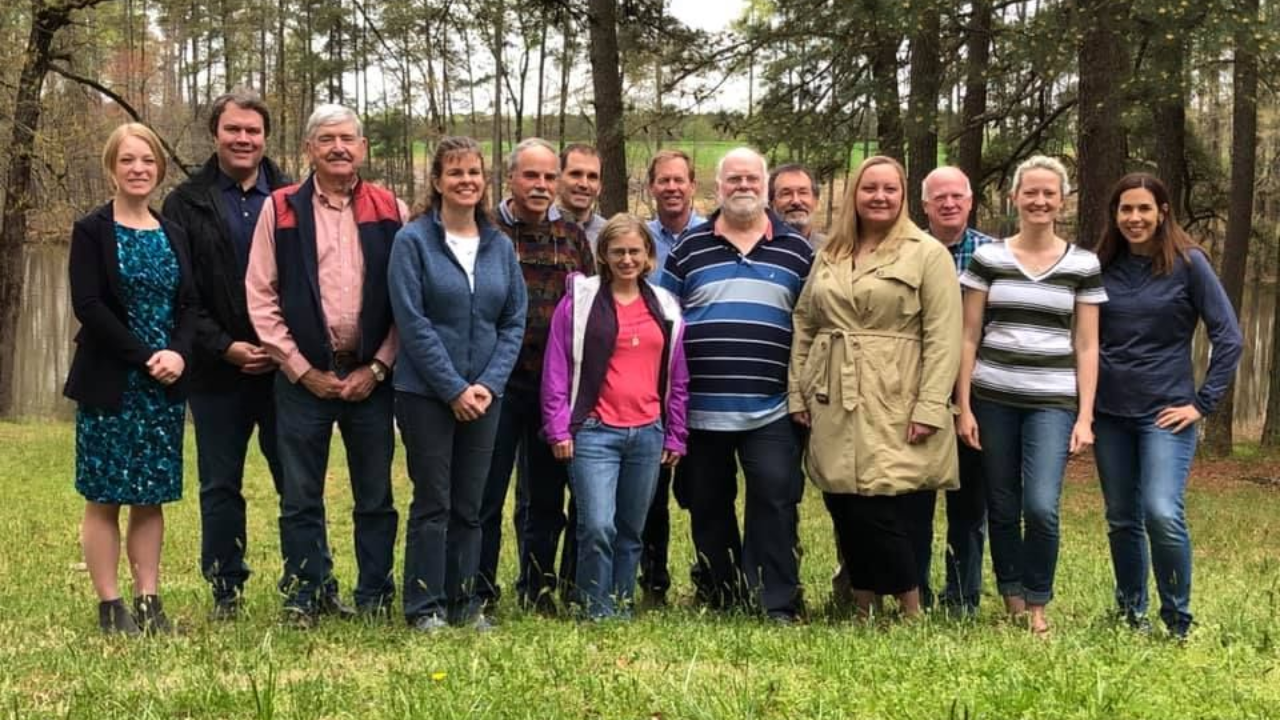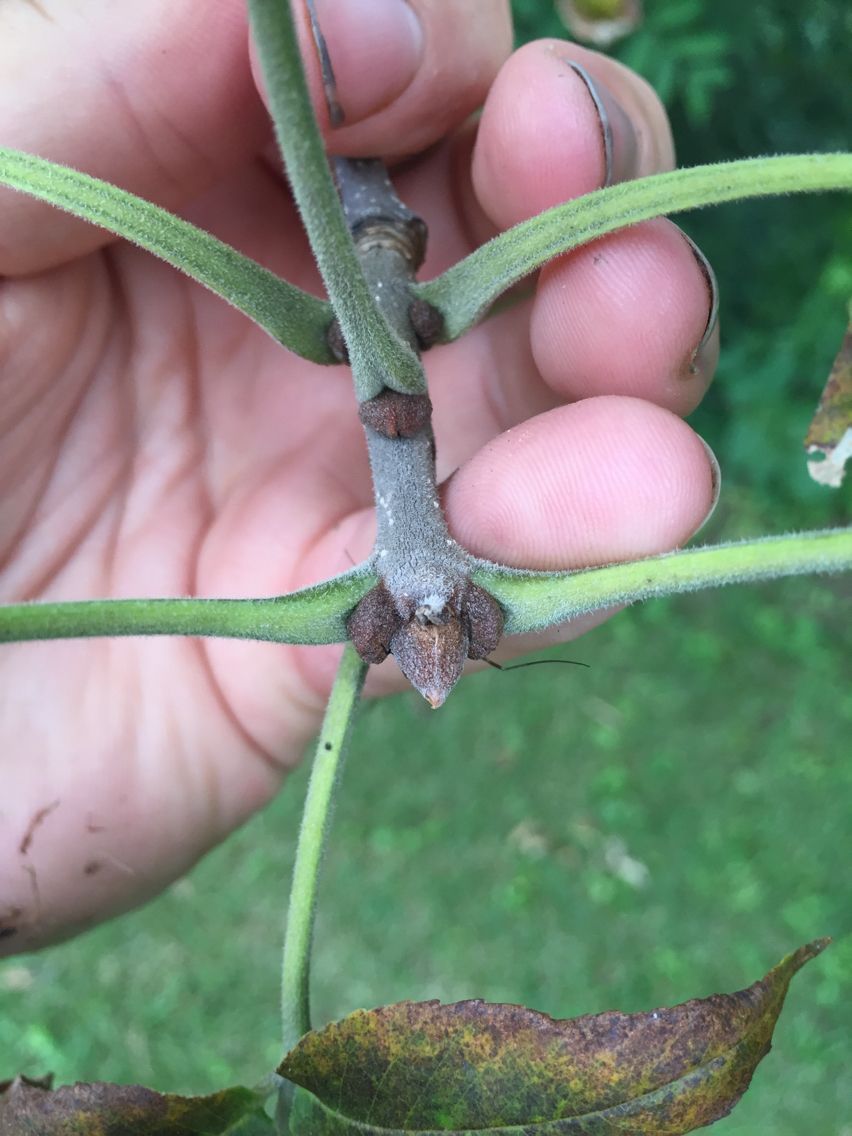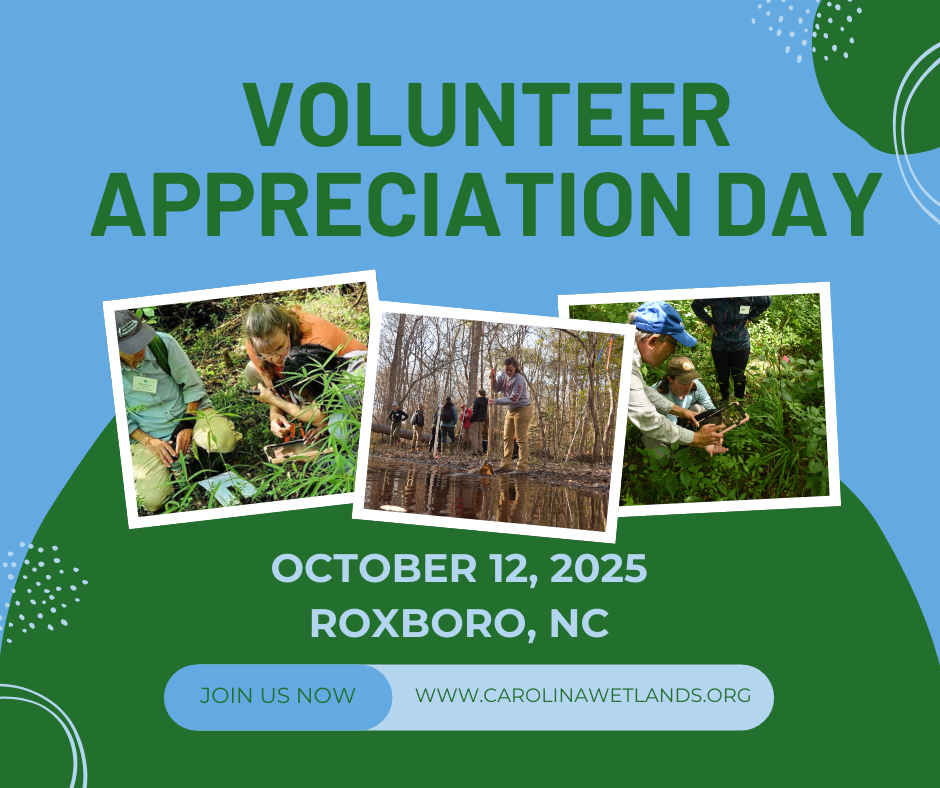Mature green ash bark has many ridges and furrows and often has a yellowish tint. Stems will be smooth and have terminal buds (buds at the end) that look like a Phillip’s head screwdriver.
Plant of the Month: Green ash
Green ash (Fraxinus pennsylvanica)
Green ash (Fraxinus pennsylvanica) is the plant that we have recorded the most times at our wetland monitoring sites. We see many of its saplings at our site as well as mature trees. So how could it be in danger?
Green ash is on the International Union for Conservation of Nature’s (IUCN) Red List as critically endangered due to its vulnerability to an invasive Asian beetle: the emerald ash borer. In NC, white ash, pumpkin ash, and Carolina ash are also vulnerable. This beetle lays its eggs on ash trees and larval emerald ash borers will feed on the tree, killing it, before flying to infest new trees. They have been responsible for the deaths of millions of trees and are likely to continue spreading. Human transportation of ash lumber, including firewood, has accelerated the spread of the emerald ash borer. There are some strategies for protecting trees, including cutting and burning infected trees to stop the spread and introducing predatory wasps. There is also promising evidence that some ash trees may show resistance to the beetle. However, it is likely that ash tree populations will continue to decline. You can find the extent of the emerald ash borer in North Carolina here. For more information: http://www.ncforestservice.gov/forest_health/fh_eabfaq.htm
Green ash is a Facultative Wetland (FACW) plant in the Piedmont and the Coastal Plain, meaning you are more likely to find it in a wetland than in an upland. It makes sense why we see so many at our wetland sites.
In summertime, a great way to identify many trees is by their leaves. What do you think of when you picture a leaf? How many leaves do you see pictured below?
Each picture is of one leaf! The leaf is the part of the plant that connects to the stem at a leaf bud. Ash trees have compound leaves, which means that their leaves have multiple leaflets- which do not connect at leaf buds but are part of the leaf as a whole. Young green ash saplings may not have compound leaves.
Green ash leaflets are oval or lance shaped and toothed. They have a light green underside.
Just like red maples (Acer Rubrum), ash trees are one of the few trees that have opposite branching, meaning that one branch should always have a twin growing at 180 degrees from it. Of course, in the life of the tree one of the branches might fall off or be damaged, so always check for any opposite branching on the tree. If you can look closely, you might see a scar on the tree where you would expect to see a branch, indicating that there used to be one present.
Green ash trees may be confused for Carolina ash trees, but are often difficult to distinguish without the presence of its fruits (samaras). Green ash samaras are thin and pointy, while Carolina ash samaras are rounder. Although we currently conduct our vegetation surveys in summer, we can verify our identifications by returning in the Fall and winter and looking for fruits. The nice thing about iNaturalist is we can always go back and change our IDs, if necessary.
For more plant resources checkout this guide on wetland plants:
https://www.ncwetlands.org/plantguide/
And useful keys through the herbarium: https://herbarium.ncsu.edu/keysetc.htm
Don't forget to check out our our iNaturalist page to see all the plants we've found so far!
You might also like













